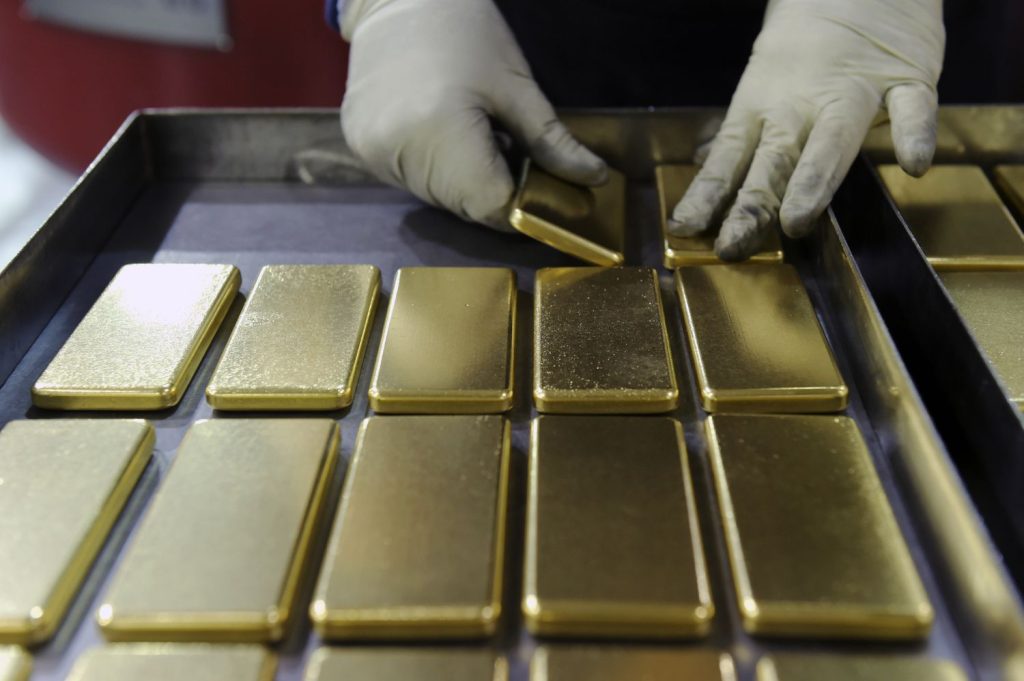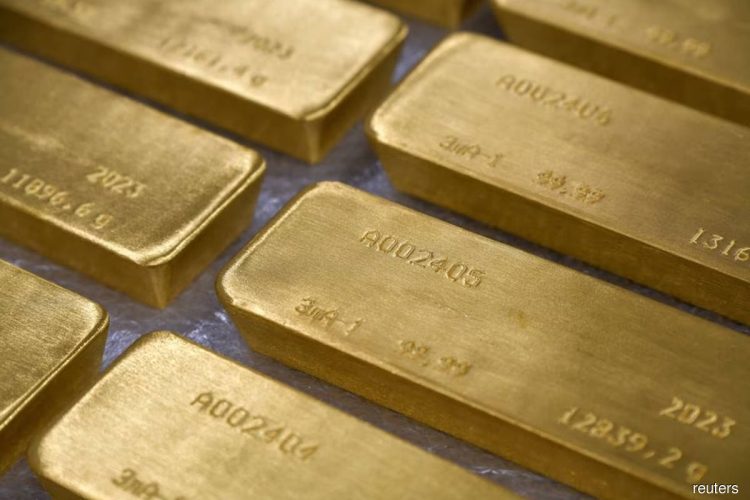Gold has been a symbol of wealth, power, and stability for centuries. From ancient civilizations to modern economies, gold’s allure has persisted, making it one of the most coveted and reliable assets. But why does gold retain such a strong hold on the financial world, even in the face of modern technological advances and shifting economic landscapes? To understand gold’s place in the market today—and its potential in the future—we must look at its price movements during significant historical events, how past trends inform current behavior, and its role as a hedge against inflation. This article will analyze gold’s historical performance and provide insights into its future trajectory.
1. Analyzing Gold’s Price Movements During Significant Historical Events
Gold’s price has been shaped by major global events that have disrupted economies, altered political landscapes, and shifted public perceptions of wealth. By examining gold’s behavior during these events, we can gain valuable insights into how it may perform in similar circumstances in the future.
Gold During Wars: A Safe Haven in Times of Crisis
World War I (1914-1918): The outbreak of World War I caused economic instability across Europe. With many currencies in turmoil and a general sense of financial uncertainty, gold prices surged as investors flocked to safe-haven assets. This period marked a significant rise in gold’s role as a global store of value.
World War II (1939-1945): As the war wreaked havoc on global economies, gold prices soared again. Countries relied on gold to back their currencies, and gold became even more critical in international trade. During this time, the United States’ decision to devalue the dollar and peg it to gold (under the Bretton Woods Agreement) had a profound impact on gold’s value in the years that followed.
The Gulf War (1990-1991): In the early 1990s, gold prices spiked due to geopolitical uncertainty in the Middle East, leading to increased demand for the precious metal. Gold’s role as a hedge against the unpredictable consequences of war became evident once again.
The Ongoing Conflict in Ukraine (2022-Present): The most recent war to influence gold prices is the Russia-Ukraine conflict. In the face of economic sanctions and uncertainty, investors have turned to gold as a safe store of value, pushing its price higher. This demonstrates how geopolitical crises can reignite demand for gold.
Gold During Recessions and Financial Crises
The Great Depression (1929-1939): In the aftermath of the stock market crash of 1929, the value of many assets plummeted, but gold held steady. The U.S. government raised the official price of gold from $20.67 to $35 per ounce in 1934, boosting its role as a safe-haven asset during the economic downturn.
The 2008 Financial Crisis: The global financial meltdown caused by the collapse of Lehman Brothers triggered a massive flight to safety, with gold benefiting from the uncertainty surrounding global banking systems. Gold prices hit record highs during this period as central banks lowered interest rates and governments pumped massive amounts of liquidity into the global economy.
The COVID-19 Pandemic (2020-Present): The economic fallout from the pandemic once again underscored gold’s value during times of crisis. As governments printed vast amounts of money and central banks slashed interest rates, investors sought refuge in gold, driving its price higher. The unprecedented nature of the crisis led to a surge in demand for physical gold, as well as gold-backed financial products.

2. How Historical Trends Inform Current Market Behavior
By studying how gold has responded to major historical events, we can identify patterns that offer valuable insights into current market behavior. Gold’s resilience in the face of economic turmoil, geopolitical uncertainty, and financial crises has been consistently demonstrated over the centuries. This track record continues to shape investor confidence in gold as a safe-haven asset. For instance, the continued reliance on gold as a store of value during the ongoing COVID-19 pandemic mirrors past market reactions to global crises.
Current market conditions, such as rising inflation, supply chain disruptions, and geopolitical tensions, are fueling increased demand for gold. Investors today are using gold to hedge against the risk of currency devaluation, economic instability, and political unrest—much like their predecessors during past wars and financial downturns. Historical data tells us that gold has performed well in these uncertain times, and its role as a protective asset is unlikely to diminish anytime soon.
3. The Role of Gold as a Hedge Against Inflation Throughout History
Gold has long been considered a hedge against inflation, and historical data reinforces this view. During periods of high inflation, the purchasing power of fiat currencies tends to erode, but gold’s value remains relatively stable, preserving wealth. This was evident during the inflationary periods of the 1970s, when the U.S. experienced stagflation, a combination of rising inflation and stagnant economic growth. Gold prices soared during this time, driven by concerns about currency devaluation and the erosion of real wealth.
In more recent years, as central banks around the world have pursued loose monetary policies, the inflationary pressures have resurfaced. The aftermath of the COVID-19 pandemic, for example, saw massive government spending and the printing of money, which increased the risk of inflation. As a result, investors once again turned to gold, driving up its price. Historical trends show that when inflation rises, gold has typically been one of the most effective ways to protect against the loss of purchasing power.
4. Current Market Trends and How They Compare to Past Performance
Today, gold is once again benefiting from a mix of factors that are reminiscent of past economic turmoil. Inflationary concerns are mounting globally, with rising prices in essential goods and services. Central banks are responding with interest rate hikes, but many investors remain wary of the long-term impact of excessive debt and currency debasement.
Geopolitical tensions, such as the ongoing conflict in Ukraine, are also contributing to gold’s price surge, much like in past wartime periods. Moreover, the shift toward digital gold (gold-backed tokens and blockchain-based assets) is creating new ways for investors to gain exposure to gold, allowing them to participate in the market without needing to physically store gold bars.
The similarities between today’s market conditions and past gold market cycles are striking. However, the key difference lies in the technological advancements and financial innovations that are reshaping the way gold is bought and sold. While traditional factors such as inflation and political instability continue to play a major role, the rise of digital platforms and gold-backed investment products offers a new frontier for gold investors. The historical data suggests that, just as in the past, gold’s resilience in the face of uncertainty will continue to be a driving force in its long-term value.
Conclusion
Gold has demonstrated remarkable resilience throughout history, surviving economic recessions, financial crises, and geopolitical upheavals. The historical data on gold’s price movements provides valuable insights into its role as a safe-haven asset and hedge against inflation. By analyzing how gold has behaved during past wars, recessions, and financial crises, we can draw meaningful comparisons to current market conditions and predict how it might perform in the future.
As we look ahead to 2025 and beyond, gold is likely to continue its role as a key asset in times of uncertainty. Whether driven by inflation, geopolitical unrest, or economic downturns, the lessons of the past suggest that gold will remain a valuable investment for those seeking to protect their wealth. Investors can draw confidence from historical trends, knowing that gold has weathered many storms and continues to shine as a trusted store of value.



































